Many summer residents and owners of personal plots have to deal with such a problem as a sharp drop in the water level in the well. Our advice site will find out for what reasons the water can leave the well, what to do in each of these cases to correct the situation.
Immediately, we note that fluctuations in the water level in the well are normal. The lowest water level usually falls in early autumn, after a dry summer. In the spring, after the snow melts, the water level may rise noticeably. Therefore, you should not immediately panic about the fact that there is less water in the well. You need to watch – after the rains everything should return to normal.
However, if the water is catastrophically low and the well is not filled at all, the reasons may be as follows:
- The aquifer is gone. In this case, all the wells of the neighbors should dry up, the problem turns out to be global. This could be due to industrial excavation work. For example, a stone quarry has opened near your village. Such changes may result in water being lost in all wells located on the affected aquifer..
- The well is silted up. In this case, the water-bearing streams were simply clogged with mud and the water stopped flowing into the well..
- The seams in the well rings were depressurized or cracks appeared in the brick and masonry, that is, in the casing. As a result, water is not retained inside the well..
- Quicksand formed in the well, which blocked the access of water.
- Neighbors dug a deeper well, and the water went to them.
If the problem is that the well is silted up, you need to clean it. A powerful pump will be required to pump out the remaining water along with the dirt. The bottom of the well is inspected, all the sand, silt, mud is removed with a shovel and fed upward with buckets. You will have to work at least two people, observing all precautions. It is also necessary to lift up and rinse under the pressure of water the bottom filter, that is, gravel bedding. Sand and silt may also appear under it, they should be removed, you can put a shield made of boards on the bottom, and already on top – gravel bedding.
If the problem is casing leakage, you need to repair it. The walls of the well must be cleaned of plaque with a metal brush and a strong pressure of water. Wait until dry, carefully examine with a flashlight. All cracks and cracks are sealed with a mixture of cement and liquid glass. You can also use special sealants that will not adversely affect the quality of drinking water in the well. If necessary, the column is reinforced with steel braces and plates. If the seams are leaking, a sealed seal will help, since a cement-based solution simply cannot harden on a constantly wet wall.
Important! It is advisable to combine the process of cleaning the bottom of the well with the repair of the casing. Once you get down to business, do everything for the well to function normally..
Deepening is carried out in the event that there is no way to dig a new well, or it is precisely established that the GWL level in this section has dropped, or the neighbors dug a deeper well. Reinforced concrete rings of a smaller diameter will be required than those already installed. The ring sinks to the bottom of the well, the soil is dug in and rises upward. Next, the next ring is installed until the well is of the desired depth. The process is very time consuming and complex. Usually it is enough to deepen the well by five meters to reach the next aquifer.
Important! According to experts, sometimes it is easier to dig a new well than to deepen an existing one. If there are problems with the old casing, then the process also becomes dangerous due to the risk of wall collapse. How to build a well with your own hands, the portal wrote in detail.
Quicksand, loose soil, which simply clogs the water source, is also fought by cleaning the bottom of the well, often a slight deepening is required.
Water left the well: reasons and solutions
This WordPress post discusses the various reasons why water can leave a well and provides possible solutions. Potential causes can include a falling water table, a pipe filled with sediment, poor pumping technique, or mechanical malfunction. Solutions may include water conservation efforts, deepening the well, piping replacement, and pump repair. Understanding the underlying causes and implementing appropriate solutions can help to prevent future water shortages and supply clean, safe water for domestic use.
Engineering systems

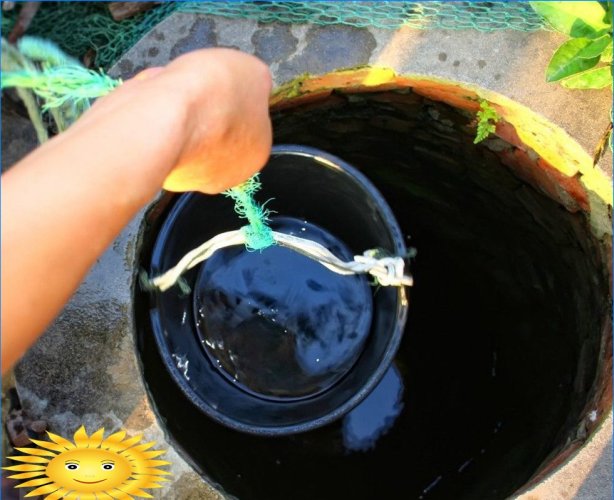
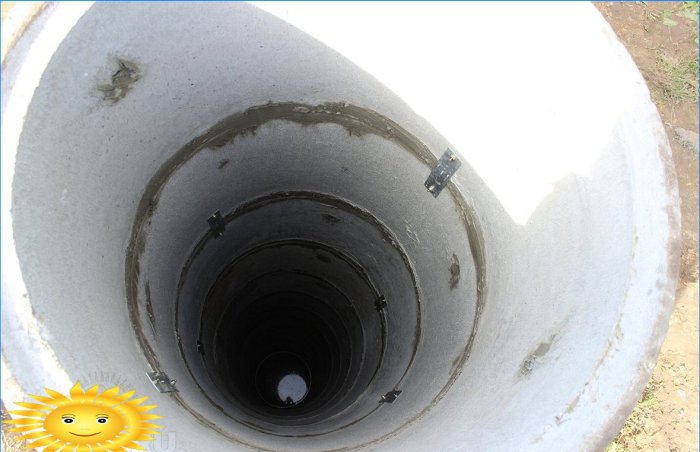
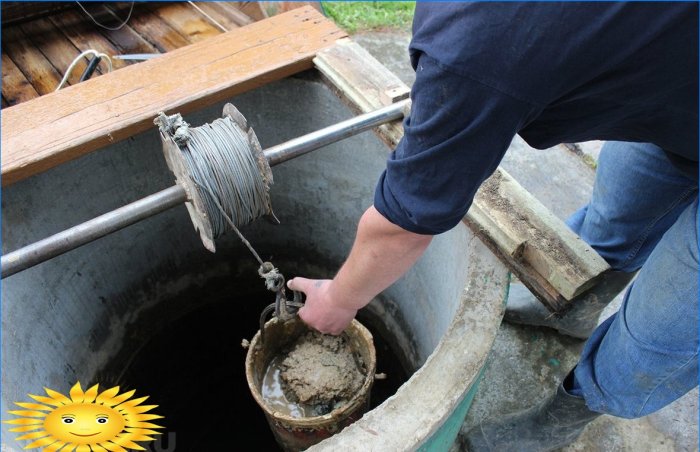
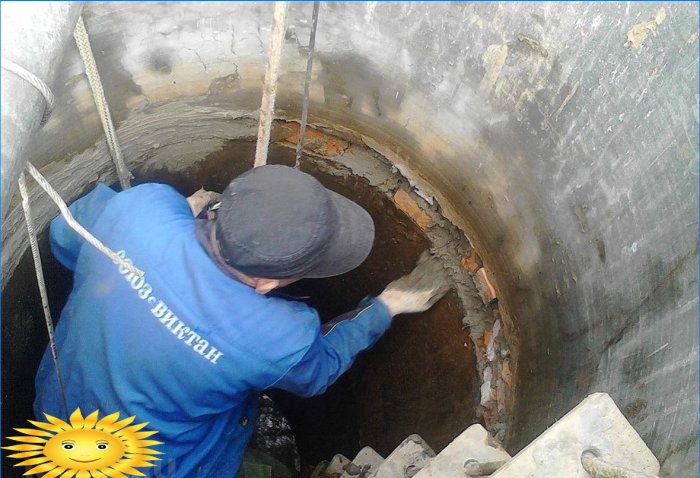
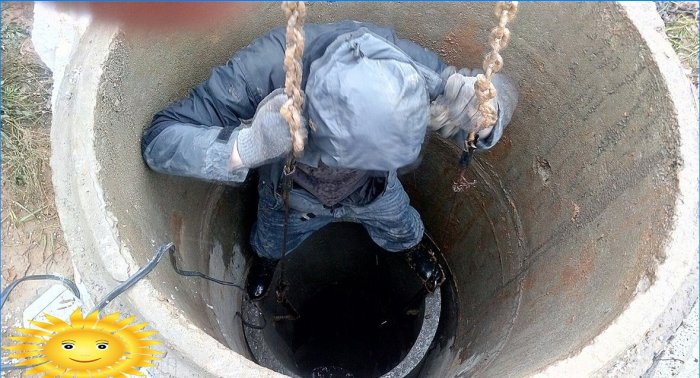
I wonder why the water left the well. Were there any external factors such as drought or excessive usage? And more importantly, what are the possible solutions to ensure water availability in the future?
What could be the possible reasons for water suddenly disappearing from a well, and what are the potential solutions to address this issue?